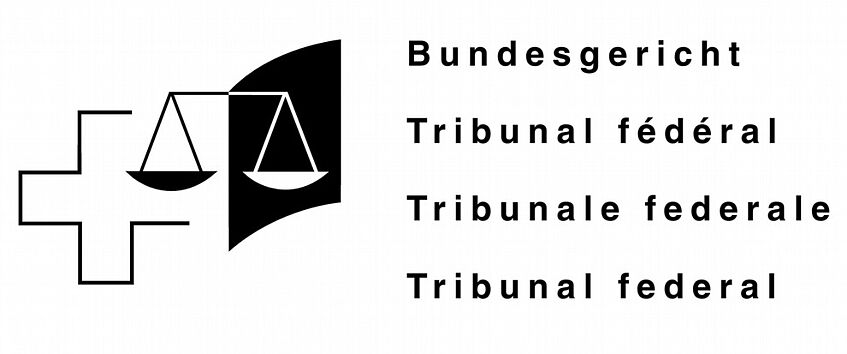Membership Type:
Institutional Observer
Address:
Swiss Federal Supreme Court
Avenue Tribunal-fédéral
1000 Lausanne 14
Switzerland
Telephone:
+41 21 318 91 11
Social Media:

As the highest judicial authority, the Swiss Federal Supreme Court rules on appeals against decisions of the highest cantonal courts, the Federal Criminal Court, the Federal Administrative Court and the Federal Patent Court. It examines whether they have applied the law correctly. In this function, the Federal Supreme Court covers all legal domains, in principle: civil and criminal law, debt enforcement and bankruptcy law, as well as public and administrative law (including social insurance law). Through its decisions, the Court ensures the uniform application of federal law. It protects the constitutional rights of citizens. The other courts and the administrative authorities align themselves with its decisions. If the Federal Supreme Court has to rule on a legal question that is not or not clearly regulated by the law, it contributes to the development of the law through its case law. This can lead to Parliament reformulating a law.
The Federal Supreme Court is divided according to legal areas and comprises several divisions. The seat of the Court is in Lausanne. For historical reasons, some divisions are located in Lucerne. 38 ordinary and 19 substitute judges work at the Federal Supreme Court. They are assisted by 350 other employees (including around 150 court clerks). The Court is represented externally by its president.
The Federal Supreme Court issues final rulings on disputes between individuals, between cantons, between individuals and the government, as well as between cantons and the federal authorities. The work of the Court varies considerably from the cantonal and federal courts of first instance. The federal judges only address questions of law and do not reestablish the facts of the case; they can be corrected by the Federal Supreme Court only if it finds that they have been incorrectly established in a flagrant manner by the lower court, or that they have been based on a violation of law.
Anyone seeking justice essentially has four legal means of recourse for lodging an appeal with the Federal Supreme Court: the three types of standard appeal (relating to civil, criminal and public law disputes) and the subsidiary constitutional appeal. Under the three standard appeal categories, any type of grievance is admissible: incorrect application of the law and infringement of constitutional rights. This makes it easier for individuals to have recourse to the law. If a standard appeal is not admissible, then cantonal rulings may be appealed by means of the subsidiary constitutional appeal. This appeal only addresses issues of the infringement of constitutional rights.
The divisions of the Federal Supreme Court generally render their rulings in panels consisting of three judges. Five judges may sit on a panel when fundamental legal issues are at stake or when one of the judges requests this. In the great majority of cases, rulings are passed through circular resolution. Where the judges do not unanimously agree on a matter, they deliberate and render their decision in the presence of the public.
